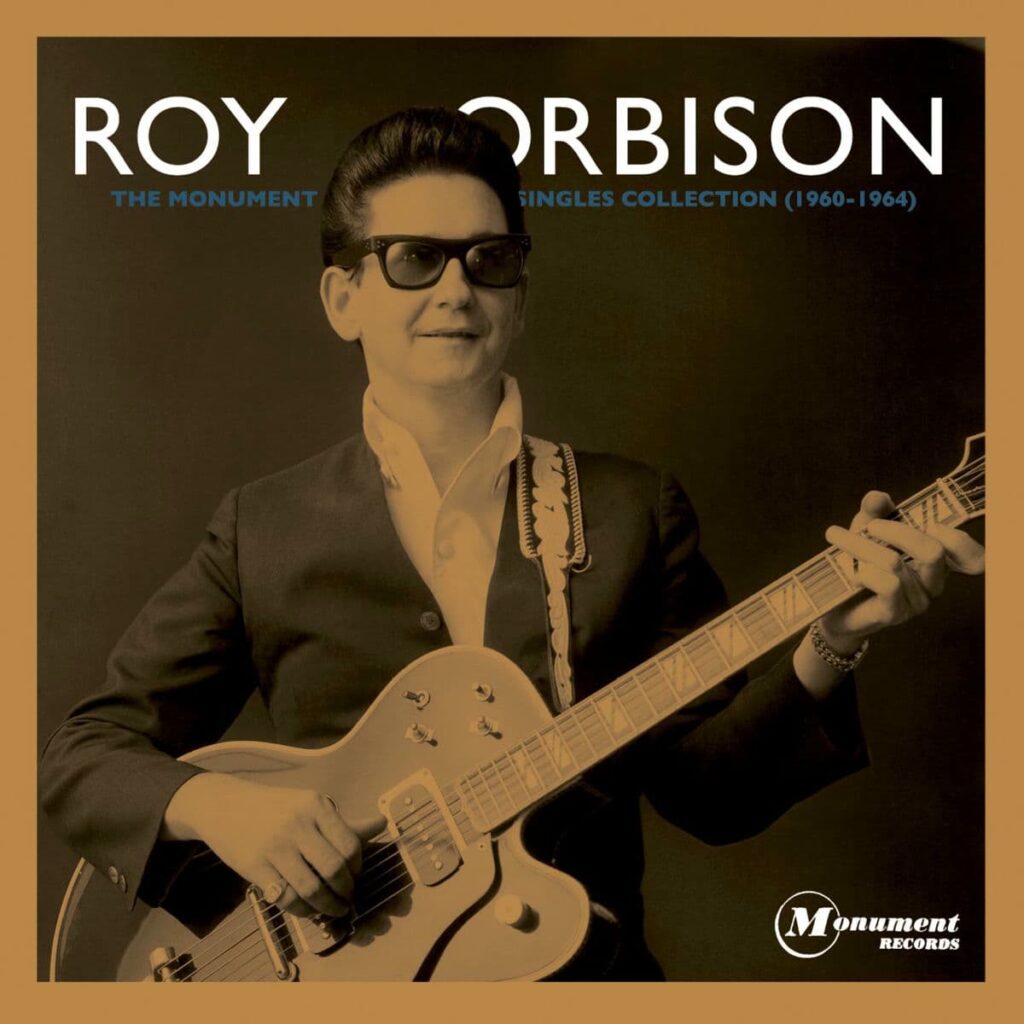
A Heart That Refuses to Let Go
When Roy Orbison sang “I Can’t Stop Loving You” on his 1961 album Lonely and Blue, he gave voice to a love so unshakable that even the passage of time could not diminish its ache. Though not released as a major A-side single in the U.S., the track found a warm reception elsewhere—in Vancouver, for instance, it climbed to #4 on CFUN’s chart and lingered in their top 50 for eight weeks. This cover, drawn from the deeply emotional country ballad by Don Gibson, became a secret gem in Orbison’s catalogue, tucked on the B-side of “I’m Hurtin’” and yet resonating far beyond its modest commercial release.
“I Can’t Stop Loving You” was originally penned by Don Gibson in 1957. Gibson later recorded it for his album Oh Lonesome Me, and while his version earned its place in the country canon, it was his plaintive line—“I can’t stop loving you, so I’ve made up my mind to live in memory of old lonesome times”—that turned the song into a quiet but inexorable force of heartbreak. Over the years, it has been covered by hundreds of artists—but when Orbison sings it, the song’s emotional core takes on a different shape, colored by his velvet-soaring voice and ethereal vulnerability.
In Orbison’s interpretation, the arrangement is deceptively simple yet suffused with longing: gentle strings, a steady rhythm, and a vocal performance that walks the line between stoic resignation and fragile intensity. His delivery makes the pain feel lived-in; he doesn’t just remember the “happy hours” of the past—he inhabits them, allowing their ghost to haunt every phrase. The opening verse, “Those happy hours that we once knew … though long ago, still make me blue,” sets the tone not of a man moving on, but of someone suspended in a time loop, replaying lost moments in perpetual replay.
What’s especially striking is Orbison’s choice of a second verse that other versions omit or skirt around: “Pretend there’s someone new … I can’t live a lie … There’s only been one love for me … that one love is you.” Whether this verse was originally Gibson’s or added by Orbison himself remains a subject of curiosity, but in Orbison’s rendering, it becomes the emotional fulcrum of the performance—a confession of truth that cannot be faked or forgotten.
Lyrically, the song is a masterclass in minimalism. The narrator doesn’t rage, bargain, or demand reconciliation; instead, he offers a quiet, unyielding confession: his love has become his world, and he has resolved to live in memory because that’s all that remains. Critics and listeners alike have noted how the song captures a universal form of heartbreak—not just the agony of loss, but the haunting peace of acceptance wrapped in longing.
Culturally, Orbison’s version contributes to the broader legacy of this song as a cross-genre standard. While Ray Charles took the song to No. 1 on the Billboard Hot 100 for five weeks in 1962, Orbison’s interpretation remains deeply personal, quietly powerful, and tonally distinct from the gospel-inflected rendition that made it a massive hit. His recording didn’t soar on the national charts, but in its own way, it embodies the melancholy intimacy that defined his early work and helped cement his reputation as a singer capable of carrying more than just love in his voice—he carried loss, memory, and the tender weight of what once was.
In the hands of Roy Orbison, “I Can’t Stop Loving You” transforms from a country standard into a timeless ballad of undying devotion. It’s a song that doesn’t just speak of heartbreak—it lives it, breathes it, and refuses to let go.